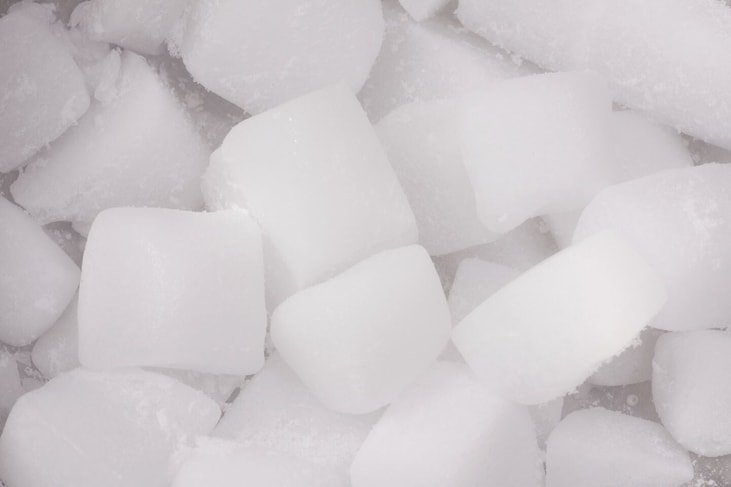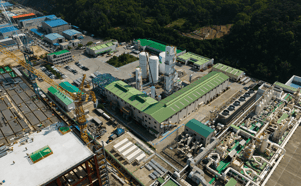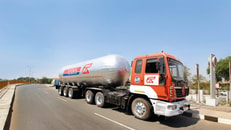The growing demand for dry ice in Spain and Portugal
Dry ice is witnessing a surge in demand within the Iberian Peninsula, emerging as a key player in transporting sensitive goods in the food and pharmaceutical industries. Additionally, it has now become revolutionary within the cleaning industry, particularly through dry ice blasting.
In an era focused on environmental sustainability, dry ice presents itself as an alternative to traditional methods, finding primary applications in cold chain logistics and dry ice blasting. These sustainable solutions, embraced by customers, extend beyond the aforementioned areas, reflecting the diverse applications in which dry ice is gaining significance.
Dry ice, essentially solid carbon dioxide (CO2), is derived from onsite treated CO2 streams. It undergoes liquefaction and is transported to plants before being transformed into pressed carbonic ‘snow’ – offering various formats to be found on the market. The chemical properties of dry ice make it a standout performer in the aforementioned sectors, which we will explore briefly here.
It is essential to recognise that CO2 is a colourless, odourless, slightly acidic, and non-flammable gas. When released from its liquid state, it transforms into carbonic snow, which is devoid of moisture and exists in a solid state at -78.5°C – sublimating without leaving any aqueous trace. Specific machinery is required to press this carbonic snow into different dry ice formats.
... to continue reading you must be subscribed























